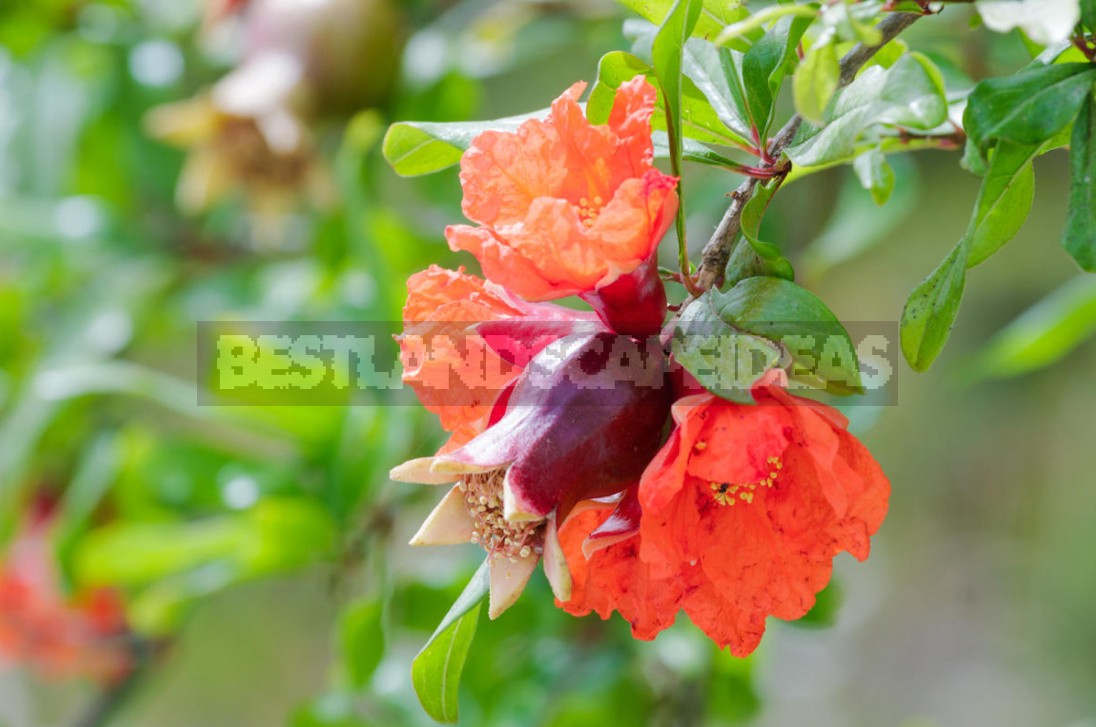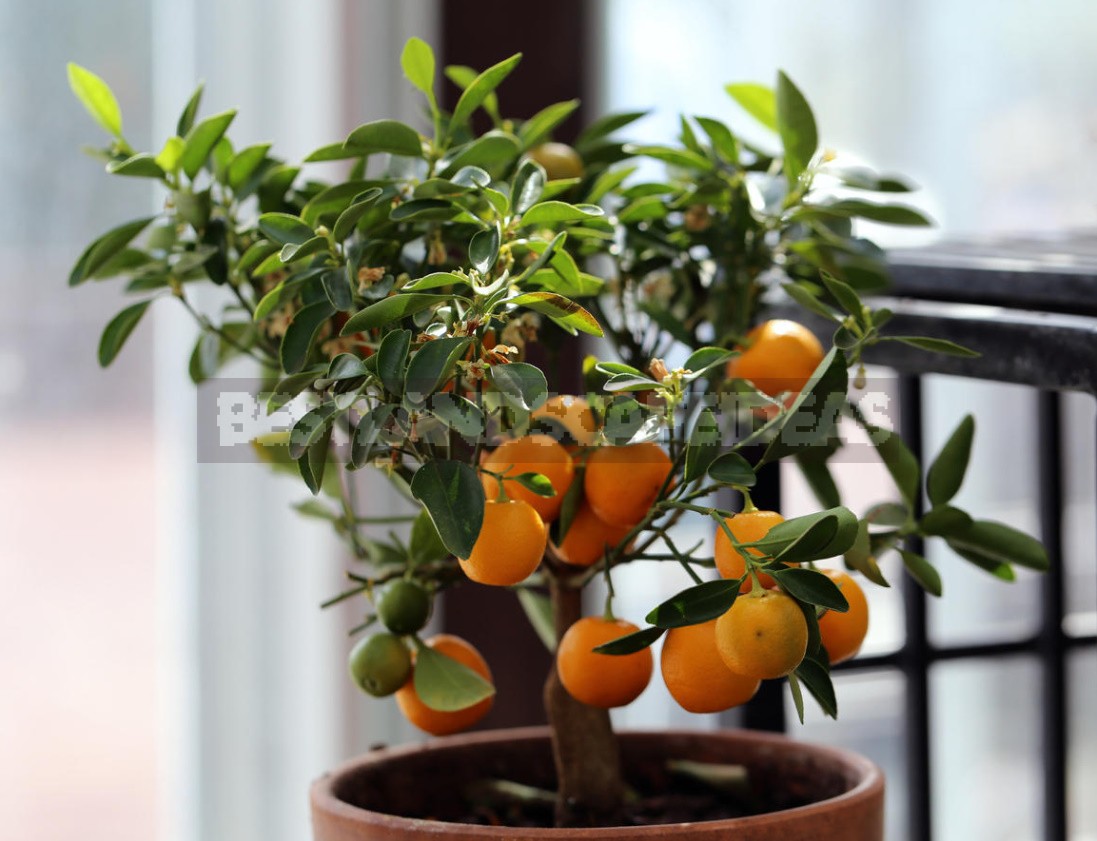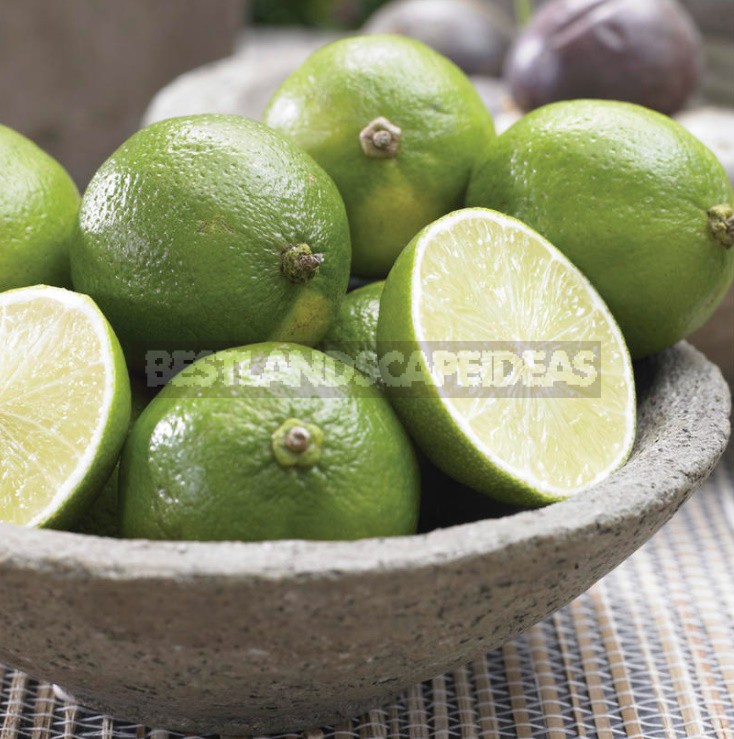
Citrus fruits at home
Growing citrus fruits at home is very popular, for sure many people buried an orange or lemon stone in a flower pot. However, such seedlings do not bear fruit, rarely bloom and in most cases die.

Reasons for failures
Citrus fruits require certain conditions that often do not coincide with those that we offer to classic indoor plants. For subtropical exotics, good illumination with a daylight duration of 10-12 hours is vital. Often, the reason for their unsatisfactory appearance and well-being are too cold window sills.
Another important aspect of the harmonious development of these crops is the provision of a rest period from November to February. All these factors, together with the correct watering and fertilizing regime, affect the success of the business. Let us consider in more detail the formation of such plants.

Formation of citrus fruits
It is necessary to start forming immediately after the growth of the zero shoot at the rooted cuttings (seedlings) of more than 35 cm — or when the seedling reaches such a height. The most suitable period for pruning is February-March.
- the 1st stage is the tweezing of the zero escape. We pinch the top of the overgrown twig at a height of 25-30 cm. After that, its growth stops, it begins to mature.
- the 2nd stage is the first pruning. After the zero shoot ripens (when the bark appears on it), you need to cut it into 4 buds (as a rule, this is about 20 cm). After a while, new twigs will begin to grow from the axils of the leaves. These are first-order shoots. The ideal option is the appearance of shoots from all the buds, but more often only the top 1 wakes up, and the rest do not. If one shoot continues to grow, and the others do not show up, then it needs to be broken down, so we will spur lateral shoot formation.
- the 3rd stage is the direction of the shoots. An important stage in the formation of a harmonious crown. After you have received the side shoots, they need to be given the right direction. If there are three of them, then we allow the upper one to grow up, and we spread the other two to the sides and fix it. To do this, you can use a soft wire or install a small trellis. If your citrus has grown 4 branches, then we plant them in the form of a fan.
- the 4th stage is the second pruning. After the shoots of the first order grow back to 25 cm, we pinch them, and after maturation, we cut them into 4-5 buds. You need to cut over the kidney facing outwards. From the left buds, shoots of the second order then grow.

Further crown formation follows the same scenario and ends after the formation of branches of the 4th or 5th order. It is on them that most citrus plants will form fruits. The length of the shoots is shortened with each subsequent order — as a rule, the branches of the 5th order are 5-7 cm long.
What else to plant
Most often, lemon, orange and tangerine trees can be found on our window sills. However, you should not limit yourself to the classics. Now you can find many more interesting options on sale.
Calamondin is a hybrid of mandarin and kumquat, found under the names citrofortunella and indoor mandarin. Its beauty is that it fits almost perfectly for growing in a room, independently forming into a highly decorative compact plant. It blooms with fragrant white flowers, then bright fruits appear.

Lime is the closest relative of lemon. The plant is unpretentious and grows well at home. The variety ‘Tahiti’is promising for growing in the room. The trees of this variety look lush due to good foliage. Unlike many of its fellows, it has almost no thorns, the fruiting is very stretched, so you can harvest almost all year round. The size of the fruit is close to the size of an ordinary lemon, the color of the pulp is pale green, there are no seeds.

Any thoughtful gardener can grow an exotic plant at home. If you have patience and carefully take care of your green pets, the result will not take long to wait. And it is best to start this interesting business with a visit to an online store.




Leave a Reply